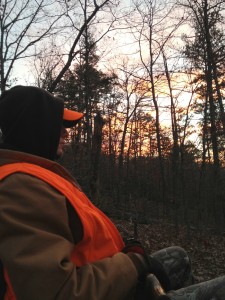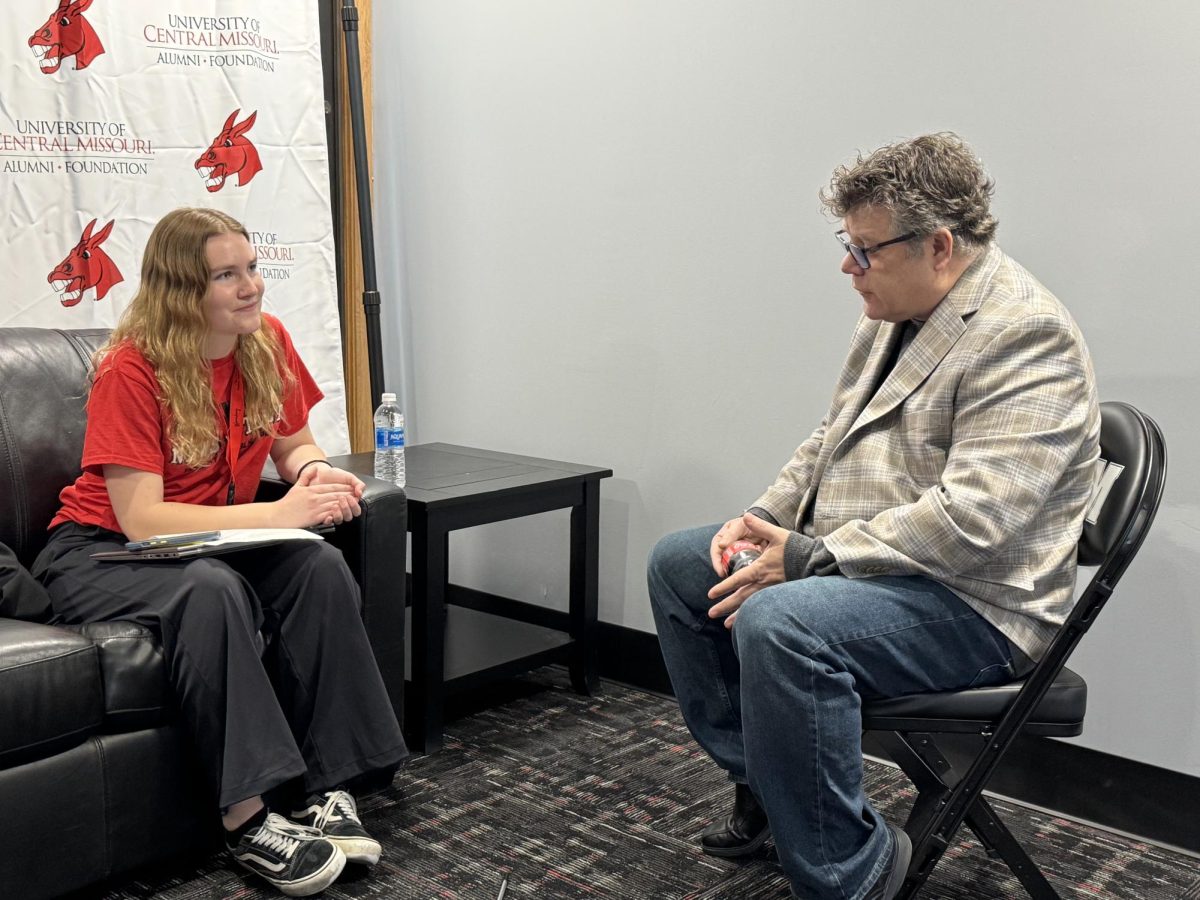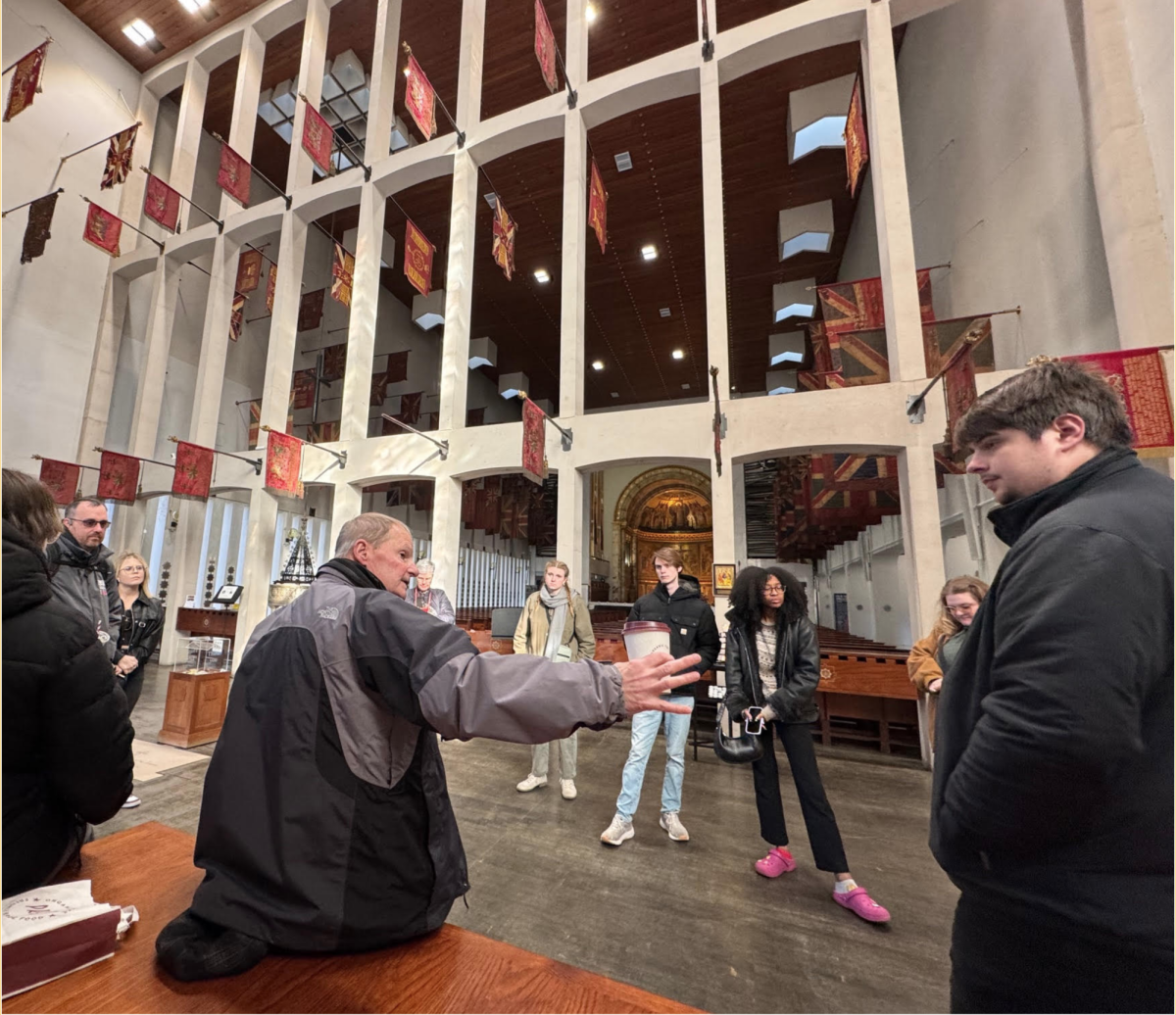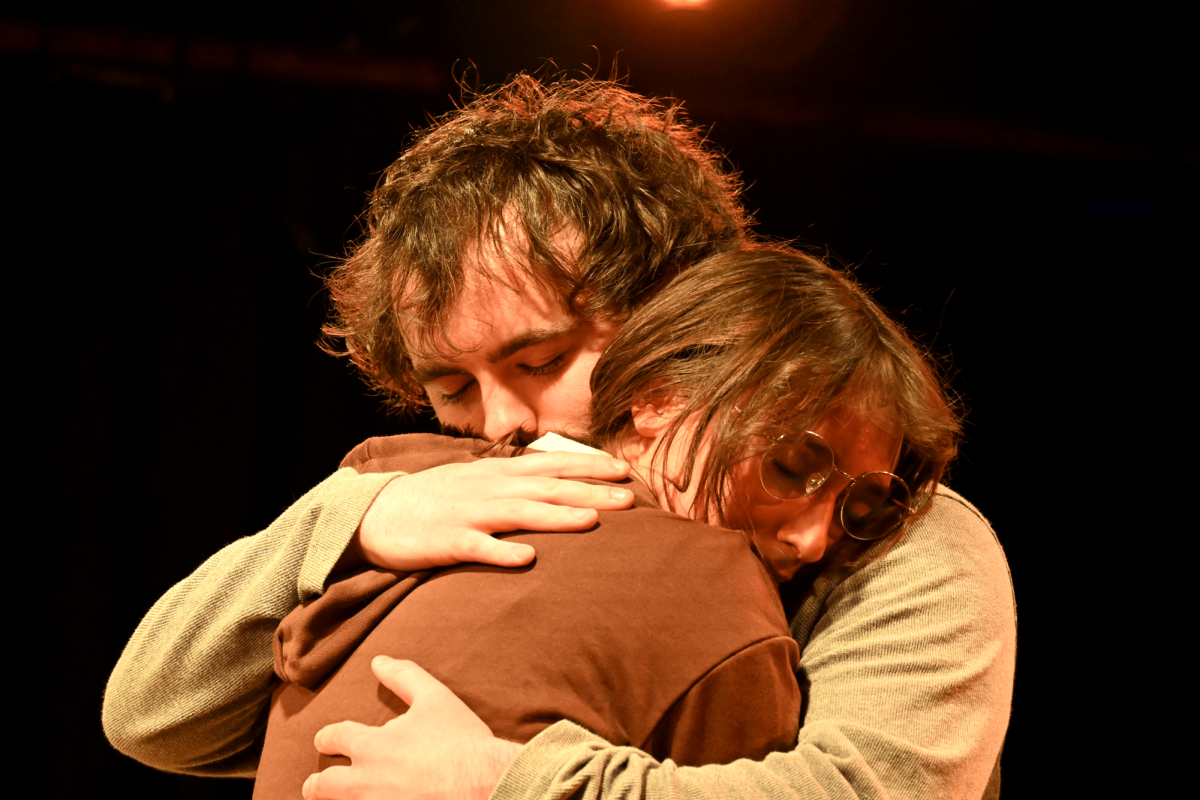
By KATIE DOUGLAS (Fredericktown, Mo., digitalBURG) — Beep, beep, beep. The alarm clock sounds. Stars are still in the sky as Ian Rowland checks the time – 4:45 a.m. The rest of his family is already downstairs, discussing the forecast for the day.
This is not just any day for Rowland, this is opening day for firearms deer season.
Getting ready for deer season is a lengthy, yearlong process. During the off-season, preparation for Rowland and his family means installing motion-censored cameras on trees, planting clover and placing feeders around deer stands on their property in southeastern Missouri.
Rowland, 22, a student at the University of Central Missouri, started hunting when he was 9 years old with his grandfather at his family’s cabin.
He heads downstairs, passes the wood-burning stove and pictures of his family that line the wall and pours coffee to ready himself for the day.
“This is my Super Bowl,” Rowland said. “Deer move a lot in the morning and evening, so the earlier you get out there the better.”
After he finishes his coffee and talks with his family, Rowland starts to get ready. The temperature gauge outside reads 50 degrees, so not many layers are needed.
Rowland puts on camouflage pants, a Carhartt coat, boots, and a neon orange vest and hat. Wearing hunter orange is required when hunting so that other hunters can identify you and not mistake you for a deer.
He lays out the gear that he will put into his backpack: Water, snacks, a walkie-talkie to stay in contact with his family when he is in the stand, a flashlight, a knife and rope for cleaning a deer, hand warmers, binoculars, his Heritage Card, and his deer tag.
Hunters receive a Heritage Card after taking a hunter’s safety course. A hunter can then take their Heritage Card to places such as, Wal-Mart or Bass Pro Shops to get a deer tag. A deer tag is attached to the deer’s leg, which allows you to transport the deer after shooting it.
Last, but not least, Rowland picks up six rounds of ammunition that match his Weatherby,
.30-06 rifle.
“I’m taking six bullets with me today,” said Rowland while laughing. “Because if I can’t hit it in six then I don’t need to be hunting.”
Rowland loads up his gear and takes his four-wheeler up the back road to his hunting ground. He parks it about 25 yards away and covers it with a camouflage tarp in hopes that a deer won’t notice it.
There are many different ways to hunt: walking, sitting on the ground, in a blind, or up in a tree stand. Regardless of the method, hunters must think safety first.
“Tree stands offer a better vantage point, a larger field of view and an earlier view of game,” according to the Missouri Department of Conservation website. “However, they also are a major cause of accidents during the deer-hunting season.”
Hunting from a tree stand can be dangerous because of the possibility of falling when climbing in or out of the stand. There is also danger if the stand is improperly installed.
Toney Lewis, 22, a student at UCM and friend of Ian Rowland, started hunting when he was 7 years old with his dad. Lewis has harvested three bucks and four does since he started hunting. Lewis prefers to hunt out of a tree stand.
“My reason for this is because it gives you a large field of view and normally the deer are focused on things near the ground not up in a tree,” Lewis said. “If possible, putting up a permanent tree stand has worked best for me because it gives you the ability to improve the area around your stand every year slightly and give yourself a higher chance of having deer walk into you.”
Rowland climbs inside his blind and opens up three of the sides. Then he takes a seat on his foldout chair and places his gun across his lap. His blind is camouflaged on all four sides and looks like a pop-up tent. He uses the blind to disguise himself from the deer.
Rowland sits there barely moving. The sun is finally starting to peak out in the distance. His eyes travel slowly from left to right and repeat this motion for the rest of the hunt.
“This can be the boring part,” said Rowland in a whisper. “You need to have patience and be very still.”
An hour passes and nothing but a turkey vulture has shown itself. Three gunshots sounded in the distance and a muffled voice comes from inside his pocket. One of his family members is on the walkie-talkie asking who shot. It was none of them.
Rowland didn’t see any deer that day, and he wouldn’t see any for the rest of the weekend.
Although he didn’t get a deer this season, he has gotten three in the past. He describes the importance of making a clean kill.
“When it is time to shoot, you need to make sure that you are comfortable with the distance you are shooting from,” Rowland said. “The goal is not to injure them, you want a quick and clean kill.”
There are certain places that you want to aim for when shooting.
“It’s best to shoot a deer when it turns broadside to you,” according to the Conservation Department website. “You are more likely to inflict a quick, fatal shot, thus ensuring your harvest and causing less trauma to the deer with a clean kill.”
Once the deer is shot, patience is still vital. Before you approach the deer, wait a while to ensure that it is dead. When you believe that the deer is dead, the Conservation Department suggests that you approach the deer from behind its head and touch it with a stick to make sure it is not alive.
This is when you attach a tag to the deer’s leg. Then you must remove its insides, otherwise known as field dressing the deer. Rowland said that dressing the deer makes the deer lighter and easier to transport. He uses a knife to field dress a deer and has one way of describing it without getting into graphic detail.
“It is like the opposite of stuffing a turkey,” Rowland said. “You’re taking all of the stuff out of it.”
All hunters are different and have different techniques. Some hunt with a bow or a gun, on the ground, or up in a tree. But one thing remains the same – safety comes first.
“If you can remember one thing when hunting,” Rowland said. “Always, always point your gun in a safe direction. Never shoot unless you have a backdrop. You never know who is on the other side of that hill, and always know where your other hunters are.”
To get more information on hunting and for times and locations to take a hunter’s safety course, go to www.mdc.mo.gov.
Categories:
Hunting: How to prepare and be safe
Written by Muleskinner Staff
November 17, 2012
Photo by Picasa
(Photo by Katie Douglas) Ian Rowland sits with a gun across his lap, ready for a deer to draw near.
0







